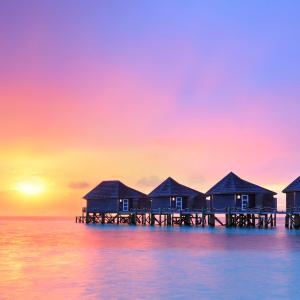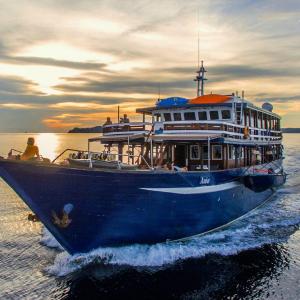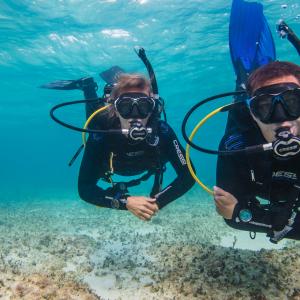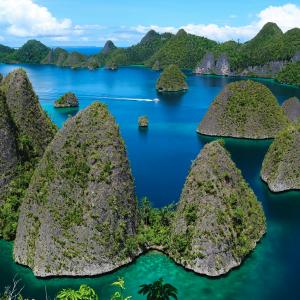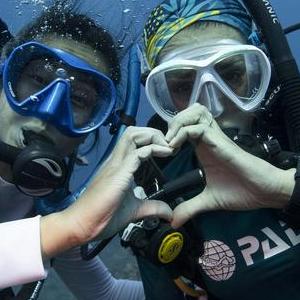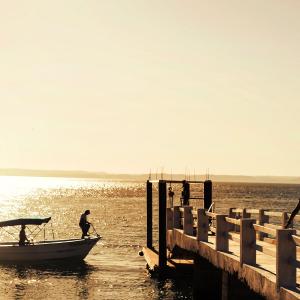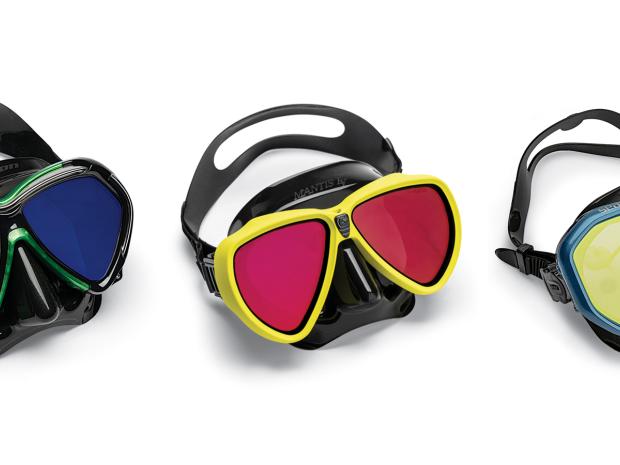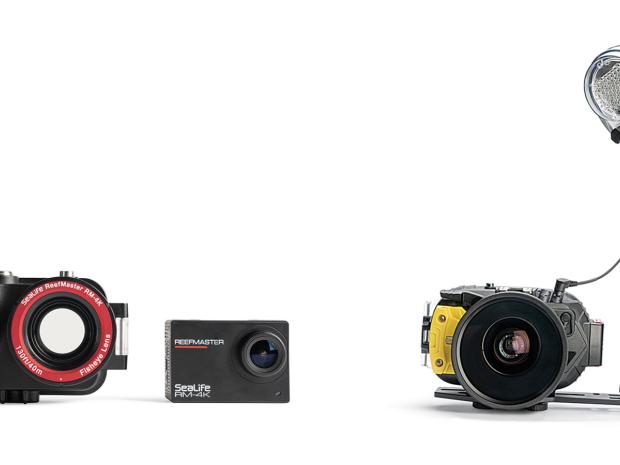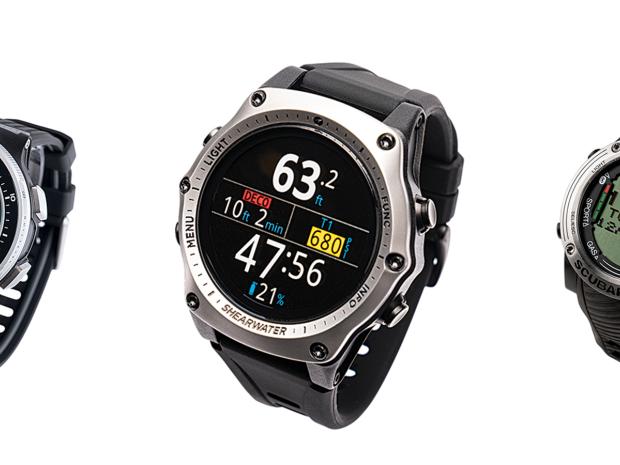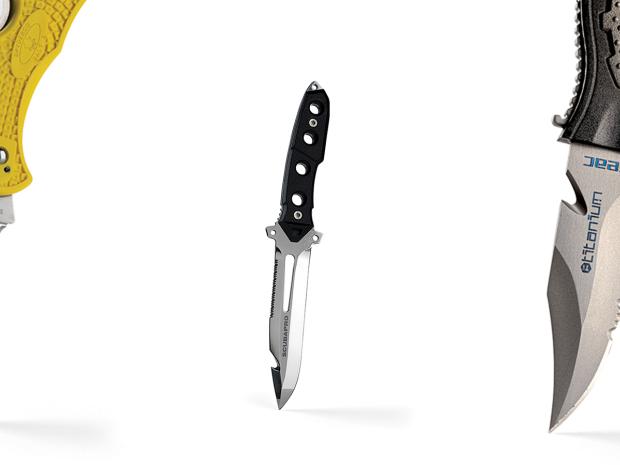One of the shore diving capitals of the world, Bonaire draws endless waves of divers to its shores annually. Whether you’ve been a dozen times or you’re planning your first visit, keep the following tips in mind so your next trip blows you out of the water.
What to Know about Bonaire
Language: Officially Dutch, but everyone also speaks English.
Currency: U.S. dollar.
Signature Dish: Keshi yena, a hunk of Edam cheese scooped out and filled with spiced meat, olives, veggies and raisins.
Signature Topside Activity: Having lunch and watching the windsurfers at Lac Bay (and maybe even taking a lesson).
Main Airport: BON, Flamingo International Airport near Kralendijk.
Water Temp: 78 to 82°F/ 25 to 27°C
Viz: 60 feet/18 meters or greater.
Travel Tip: Most flights leave and depart on Saturday, so plan accordingly.
There’s no such thing as oversleeping and missing the dive. With scores of shore diving sites, open 24 hours a day, Bonaire offers everyone their fill of adventure. The action is nonstop, if you want it to be, and it happens on your schedule. So, go ahead and stay up late and sleep in. Or get up early for a sunrise dive. Plus, if you choose to dive some of the healthiest reefs in the Caribbean from the comfort of the boat, know that the satellite isle of Klein Bonaire adds even more dives to the menu. The options are endless. So stop worrying about FOMO and get out there and dive — however you want.
What to Know About Shore Diving in Bonaire
Total Access
For the 26th consecutive year, Bonaire has once again earned top billing as favorite shore diving destination in the Caribbean/Atlantic region among the readers of Scuba Diving Magazine. Not just for the diversity of sites, but also for how easy it is to shore-dive this island. Free maps at the airport guide you to every named site on the island. Plus, with just one major road encircling the 111-square-mile island, it’s practically impossible to get lost.
Freedom of Choice
Bonaire makes it easy to pack three, four, five or even six dives into each day. Explore the sites you’ve heard the most about, or drive until something piques your interest. Let your senses guide you.
Tina Wall, a longtime instructor at Buddy Dive Resort, finds that the independent spirit of Bonaire surprises divers. “They come away saying, ‘Wow, I just did whatever I wanted all week long!’ — and isn’t that what vacation is all about?”
Get in Your Car and Dive
Bonaire is also home to a drive-through tank-filling station, found at Buddy Dive Resort. Swing by and trade out empty tanks for full ones. The convenience of having a vehicle makes it easy to get in a predawn or late-night dive. Simply find the painted yellow rocks marking Bonaire’s dozens of shore sites, park the truck, suit up, and wade in.
“Divers paradise,” as it reads on every license plate, means that divers can go anywhere they want, when they want.
Beginner Diving
Conditional Love
It’s no wonder that Bonaire scored second place for best destinations for beginners in Scuba Diving Magazine's reader survey: the water is warm, calm, and delivers visibility of 60 feet or greater on most days. Better still, the leeward, or western, side of the island sees almost no current.
The Bunny Slope
Just as every ski resort has a bunny slope, nearly every dive resort on Bonaire has a house reef. Why does this matter?
“Commit a few dives to the house reef, and you will get used to your surroundings, which lets you focus on skills,” says Wall.
It’s a confidence booster. Entry and exit points are set, leaving out any guesswork. Plus, with the dive staff just a swim away and a slew of fellow divers nearby throughout some (if not most) of your bottom time, a safety system is well in place.
“Divers don’t always realize how much the house reef offers a psychological comfort,” says Wall
Macro Life
An Eye for Strange
In the Caribbean, few are better masters of camouflage than the frogfish, and Bonaire’s healthy reefs offer an ideal hideout.
If you haven’t already learned the art of finding frogfish, start by scouring yellow and orange sponges near a sandy bottom. Also note that this sneaky fish loves to be under pilings, docks, chains, and other nautical structures.
If all else fails, ask a local. Because frogfish don’t move much, Bonaire dive guides are aces at giving you sponge-by-sponge directions on where to swim and turn to find their exact location, give or take a few feet.
Advanced Diving
Deep Love Affair
Bonaire is not only a hot destination for beginners, it’s also popular among advanced divers.
The reef that surrounds Bonaire dips to 150 feet and beyond, so it’s set up to accommodate divers who like to go deep.
Yes, even technical-diving-limits deep. Resorts, including Buddy Dive, offer mixed gas and rebreather support.
And everywhere you dive, you will benefit from the island’s 40-year commitment to marine-park protection.
2020 Scuba Diving Magazine Readers Choice Awards gave Bonaire:
First Place (Caribbean & Atlantic)
- Shore Diving
- Photography
- Macro Photography
- Snorkeling
- Health of Marine Environment
Second Place (Caribbean & Atlantic)
- Beginner Diving
- Advanced Diving
Top Ten
- Best Overall Destination
- Best Value Destination
- Family Friendly Experiences - Buddy Dive
- Best Overall Dive Operator (Caribbean & Atlantic) - Buddy Dive and Divi Dive
- Quality of Rental Gear (Caribbean & Atlantic) - Divi Dive
- Quality of Facilities (Caribbean & Atlantic) - Buddy Dive and Divi Dive
- Quality of Training and Courses(Caribbean & Atlantic) - Buddy Dive and Divi Dive
- Best Overall Resorts (Caribbean & Atlantic) - Buddy Dive and Divi Dive
Start your adventure today.

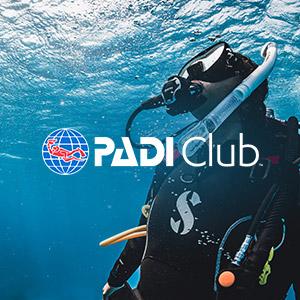
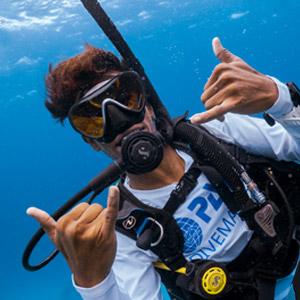

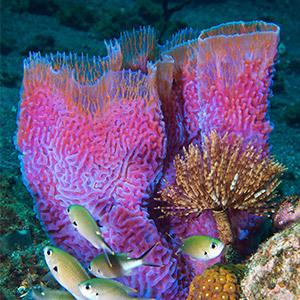
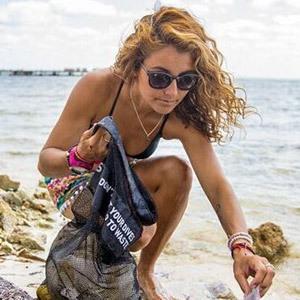

 Marine Debris
Marine Debris
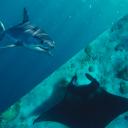 Shark & Ray Protection
Shark & Ray Protection
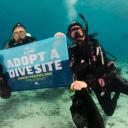 Adopt The Blue
Adopt The Blue
